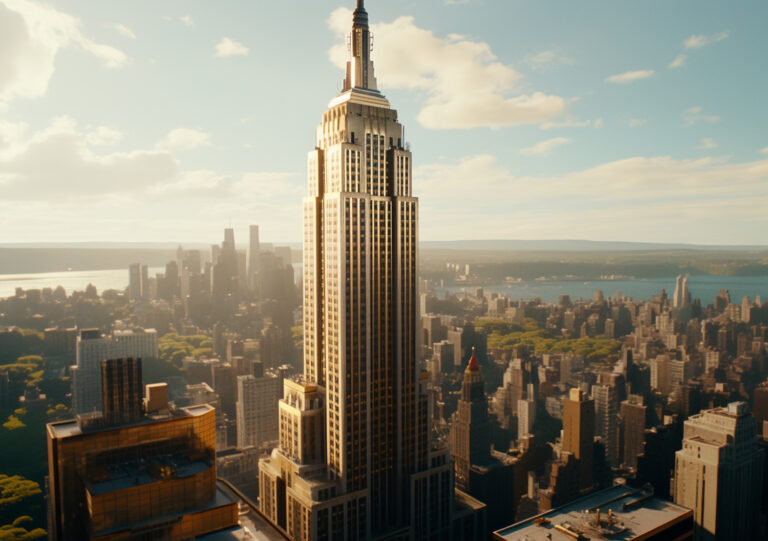Skyscraper Offices: Where Business Meets Skyline
Offices in skyscrapers across the USA represent the pinnacle of corporate prestige and modern workplace design. From bustling financial districts to vibrant tech hubs, these high-rise workspaces offer more than just stunning views – they embody innovation, productivity, and the spirit of urban entrepreneurship.
In cities like New York City and Chicago, skyscraper offices serve as the nerve centers of global finance and commerce. The towering headquarters of multinational corporations, investment banks, and law firms command attention on the skyline, symbolizing economic power and influence. With their sleek interiors, state-of-the-art technology, and luxurious amenities, these offices attract top talent and foster a culture of success and ambition.
In Silicon Valley and other tech-centric cities, skyscraper offices are hubs of innovation and creativity. Tech giants like Google, Apple, and Facebook have transformed the urban landscape with their cutting-edge campuses, featuring open floor plans, collaborative workspaces, and recreational amenities. These tech towers not only inspire collaboration and teamwork but also reflect a commitment to fostering a dynamic and inclusive work culture.
Beyond their functional role as workplaces, skyscraper offices play a vital role in shaping urban environments and fostering economic development. Mixed-use skyscrapers, which combine office space with retail, residential, and cultural amenities, create vibrant urban ecosystems that attract investment and talent. By clustering businesses in dense urban centers, skyscraper offices contribute to the vitality and sustainability of cities, reducing sprawl and commuting times.
However, the COVID-19 pandemic has prompted a reassessment of the role of skyscraper offices in the future of work. Remote work and flexible schedules have become more prevalent, challenging the traditional office model and prompting companies to rethink their real estate strategies. As a result, skyscraper offices are undergoing transformations to accommodate hybrid work arrangements, with flexible layouts, touchless technology, and enhanced health and safety measures.
In conclusion, skyscraper offices in the USA are more than just corporate headquarters – they are symbols of innovation, collaboration, and economic vitality. As cities evolve and adapt to changing work patterns, these high-rise workplaces will continue to play a central role in shaping the future of urban life and business.


